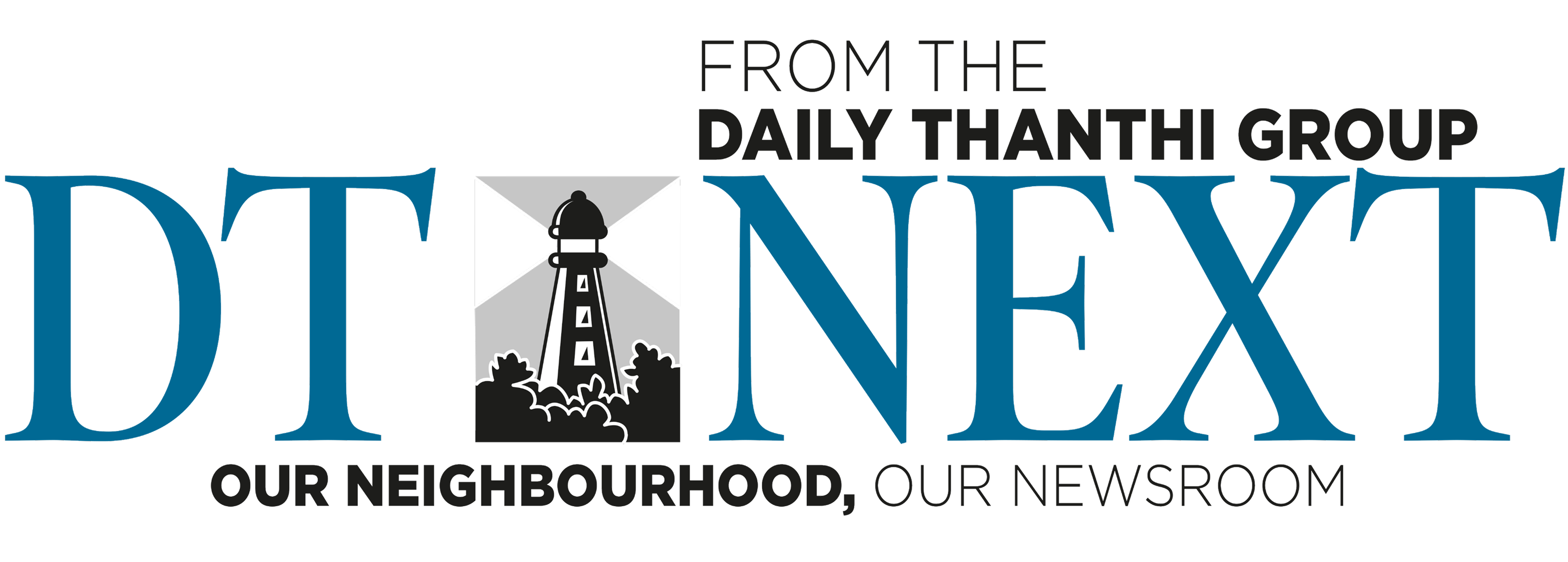South at Summit
NEW DELHI: Last week, India hosted the 18th G-20 Summit in New Delhi, which focussed on the theme ‘One Earth, One Family, One Future.’ The topics deliberated at the global meet included food security, climate change, energy, fossil fuel phase-out, development, healthcare, cryptocurrency regulation and digitalisation.
The G-20 comprises 19 countries and the EU, which was founded in 1999. India took up the presidency of the summit during a period plagued with insurmountable odds – a global economic crisis spurred by the pandemic, the war in Ukraine which has widened the political chasm separating the Western alliance and the Russia-China combine. There is also the rise in geopolitical tensions in the Indo-Pacific.
Amidst all this, it was up to India to offer a moment of truce that would facilitate a joint communique to be agreed upon at the meeting. So how did India do? One of the highlights was the New Delhi Leaders’ Declaration (NDLD), which India’s G-20 Sherpa and former CEO of Niti Aayog, Amitabh Kant described as an unprecedented global consensus. NDLD’s long-term goals include economic and social empowerment, bridging the digital divide, pushing for gender-inclusive climate action, as well as ensuring food security.
The NDLD helped forge a consensus between G-20 nations, splintered over the G7-EU and Russia-China on the problem of Ukraine. The geopolitical language deployed in the Delhi declaration is a clarion call for peace and it urges all nations to respect international laws and norms. It calls on all states to refrain from the threat or use of force against the territorial integrity of any state.
This is a far cry from the language used in the Bali Paragraphs, where the lexicon was critical of Moscow. And rightly so, as G-20 is a forum to highlight economic concerns, not a downgraded arbitration centre that the West can use to rant against Moscow. India’s negotiators also went the extra mile to resolve all of our WTO disputes with the US.
The absence of top leaders of a few nations offered India an opportunity to step up and voice the perspectives of the Global South. The admission of the African Union into the G-20 as a permanent member, through a proposal by the grouping of 55 African nations, endorsed by PM Modi, was the personification of multilateralism, and India’s Vasudhaiva Kutumbakam stratagem. The move has earned New Delhi some much-deserved political capital. The forum is now representative of 80% of the world’s population.
India, the US, UAE, Saudi Arabia, France, Germany, Italy and the EU have signed an MoU for a corridor connecting India to Europe via the Middle East. Per analysts, this corridor could enhance ease of doing business for stakeholders in the space of energy, technology and trade, apart from playing a potent foil to China’s Belt and Road programme. There was also the impetus to create an India-driven multilateral institution – the One Future Alliance, through which India will help lower and middle income countries (LMICs) in building DPI; and the Global Digital Public Infrastructure (DPI) Repository.
Apart from this, the G-20 nations have committed to a Green Development Pact for a Sustainable Future.
Paving the way for energy security while transitioning to non-fossil fuels based energy, G20 nations have agreed on high level principles to build a sustainable international hydrogen ecosystem. The Global Biofuels Alliance launched at the Summit will further such initiatives. India has positioned itself as an influential voice for the global south. Member nations must now walk the talk to bring real changes to the lives of the wider international population.

